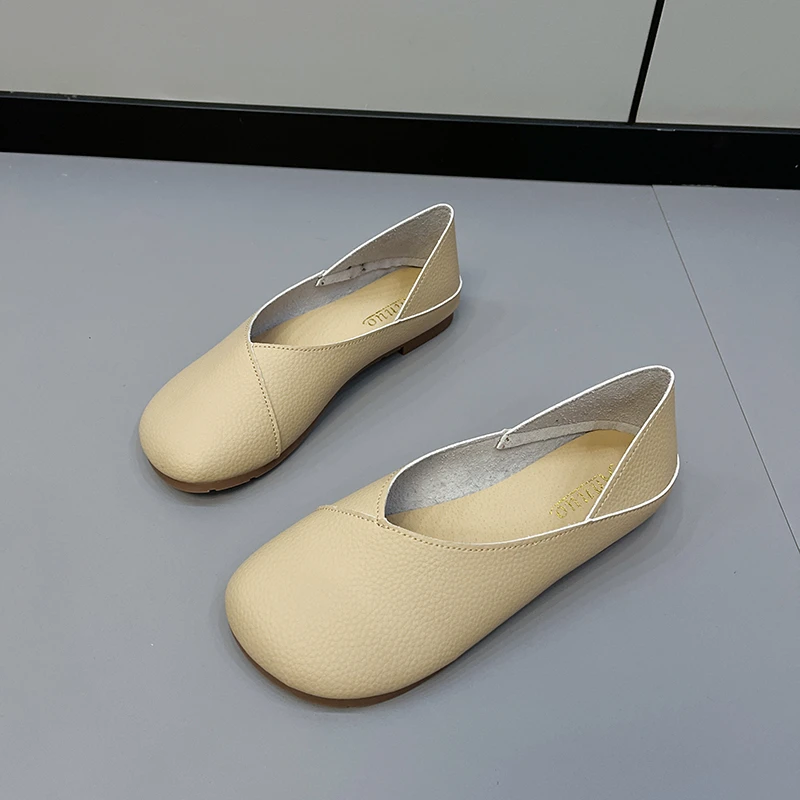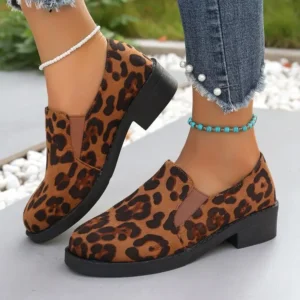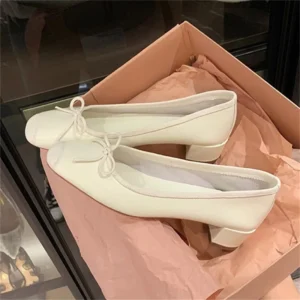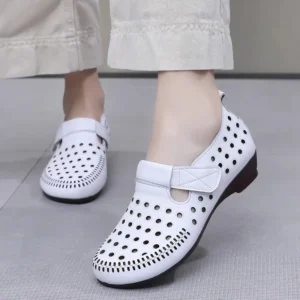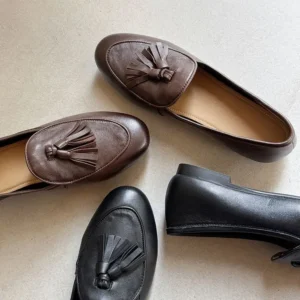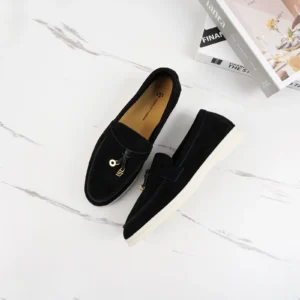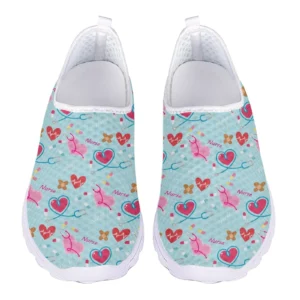Understanding the Quest for Loafer Comfort
The perfect loafer strikes a delicate balance between elegance and ease. True comfort in loafers isn’t just about immediate softness—it’s about how they support your feet throughout the day, adapting to your movements while maintaining their shape and structure. This matters tremendously because our feet carry us through life, affecting everything from our posture to our mood.
When loafers fit properly and provide adequate support, they contribute to overall foot health by promoting natural alignment and reducing strain on joints. Many of us have experienced the frustration of beautiful shoes that pinch, rub, or leave our feet aching by day’s end. These common problems—blisters at the heel, cramped toes, arch fatigue, and general discomfort—aren’t inevitable consequences of wearing loafers.
The right combination of comfort features can transform everyday loafers from mere fashion statements into reliable companions for your daily journeys. Understanding the components that create comfortable walking loafers helps you make informed choices beyond aesthetic appeal. The perfect pair balances support, cushioning, flexibility, and breathability while complementing your style.
Today’s discerning shoppers understand that comfort doesn’t require sacrificing style. The best women’s comfortable flat loafers incorporate thoughtfully designed elements that work together to create footwear that feels as good as it looks. Let’s explore these comfort secrets that elevate ordinary loafers to extraordinary daily companions.
The Essential Comfort Features Every Loafer Needs
Premium Upper Materials: The First Layer of Comfort
The materials that wrap your feet establish the foundation for loafer comfort. These materials directly impact how the shoe flexes with your movements, allows your feet to breathe, and eventually adapts to your unique foot shape.
Quality full-grain leather stands as the gold standard for loafer uppers, offering unparalleled natural breathability and the remarkable ability to mold to your feet over time. This living material creates a custom fit with continued wear, conforming to your foot’s contours while maintaining structural integrity. Suede provides immediate softness and flexibility without a break-in period, making it ideal for those seeking instant comfort. Nubuck combines durability with a supple feel, offering resilience while still feeling soft against the foot.
The thickness and treatment of these materials significantly impact comfort:
– Too thick, and the loafer may never properly flex and conform
– Too thin, and it may lack adequate structure and protection
– Properly treated leathers with natural finishes allow better breathability
When assessing upper quality, look for materials that yield slightly under gentle pressure but quickly return to shape. Quality leather shows fine, natural grain patterns and feels supple without seeming flimsy. These characteristics indicate types of leather used in heeled loafers that will adapt comfortably over time rather than remaining rigid or quickly deteriorating.
For those seeking premium materials that deliver lasting comfort, women’s leather flat loafers offer the ideal combination of quality and design.
Luxurious Interior Lining: Next-to-Skin Comfort
What touches your feet directly plays a crucial role in day-long comfort. Interior linings create a buffer between your skin and the structural elements of the loafer, preventing friction while managing moisture and temperature.
Leather linings excel in natural moisture-wicking capabilities, absorbing small amounts of perspiration and allowing it to evaporate naturally. This creates a microclimate around your foot that remains remarkably consistent regardless of outside conditions. Textile and mesh linings offer enhanced airflow, making them excellent choices for warmer weather or for those whose feet tend to run hot. Unlined loafers maximize breathability but require exceptionally soft upper materials to prevent uncomfortable rubbing.
The construction details of linings significantly impact comfort. Smooth seams prevent irritation points, while strategic padding around the collar and heel counter prevents the dreaded “break-in blisters” many associate with new shoes. Premium loafers feature linings that extend fully through the shoe without gaps or inconsistencies where rougher structural elements might contact your foot.
For those seeking remarkable softness against the skin, women’s suede flat loafers combine exterior elegance with interior comfort.
Advanced Insole Technology: The Foundation of All-Day Comfort
The insole—that layer directly beneath your foot—perhaps contributes most significantly to a loafer’s comfort credentials. This component distributes pressure evenly across your foot while absorbing impact with each step.
Today’s premium loafers incorporate various cushioning technologies, each offering distinct benefits:
- Memory foam insoles provide personalized contouring that adapts to your unique foot shape, relieving pressure points by distributing weight evenly
- EVA foam creates lightweight, resilient cushioning that compresses under pressure but quickly recovers its shape
- Poron and OrthoLite materials offer premium moisture management with exceptional durability, maintaining their cushioning properties far longer than standard foams
- Gel inserts target specific areas needing shock absorption, often positioned at the heel or ball of foot
Removable insoles represent a particularly valuable feature, allowing customization with orthotics or replacement when cushioning eventually compresses. Contoured footbeds that support the natural arch and metatarsal area promote proper alignment, potentially reducing fatigue during extended wear.
The density of insole materials directly correlates with both immediate comfort and longevity. Multi-density designs often provide the best balance—softer materials where cushioning is paramount and firmer support where structural integrity matters most.
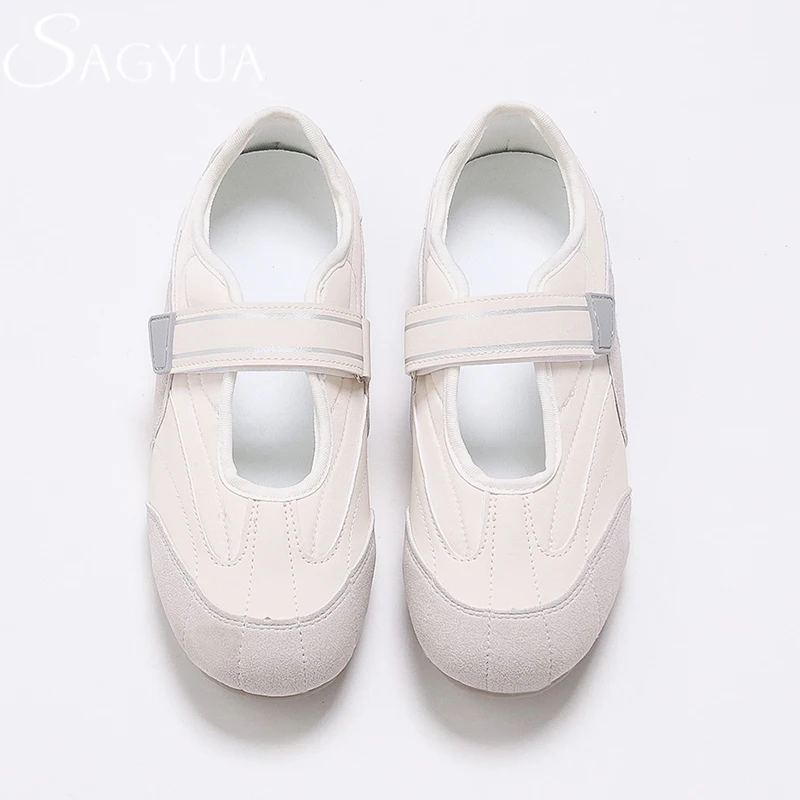
For those seeking all-day walking comfort with style, insole technology makes the critical difference between loafers that look good and those that truly feel good hour after hour. The best women’s round toe flat loafers combine cushioned insoles with adequate toe space for natural movement.
Proper Arch Support: The Key to Balanced Weight Distribution
Arch support represents the unsung hero of comfortable loafers. This crucial feature prevents overpronation (excessive inward rolling of the foot), maintains proper alignment, and significantly reduces foot fatigue by distributing weight more evenly.
Different foot types require varying levels of arch support:
– High arches benefit from more pronounced support to prevent excessive pressure on the ball and heel
– Normal arches work well with moderate, anatomically correct support curves
– Low arches or flat feet typically need gentle, consistent support that doesn’t force an unnatural position
Quality loafers integrate support through several methods:
– Built-in arch contours that follow the natural foot shape
– Midfoot shanks (often made of steel, nylon, or fiberglass) that prevent the loafer from bending in the middle
– Anatomical footbed designs that cradle the entire foot in proper alignment
You can identify adequate arch support by examining the interior contour of the loafer—a completely flat insole typically provides insufficient support for extended wear. When trying on loafers, you should feel gentle, consistent contact with your arch without uncomfortable pressure points.
For those seeking more information about this crucial comfort element, exploring options for finding comfort and foot support in flat loafers provides valuable insights into supportive designs that don’t sacrifice style.
Sophisticated Outsole Construction: Flexibility and Support in Balance
The outsole—that bottom layer making contact with the ground—significantly impacts comfort through shock absorption, flexibility, and stability. This foundation element must balance seemingly contradictory needs: flexibility for natural movement and structure for support.
Different sole materials create distinctly different wearing experiences:
– Rubber outsoles excel in shock absorption and grip, making them ideal for extensive walking
– EVA (ethylene vinyl acetate) provides lightweight cushioning with moderate durability
– Leather soles offer traditional elegance but less impact protection, typically requiring more break-in time
– Combination soles strategically place materials to maximize both comfort and durability
Sole flexibility directly affects walking comfort—too rigid, and your foot must fight against the shoe with each step; too flexible, and you lose necessary support. Quality loafers allow bending at the ball of the foot (where your toes naturally bend) while maintaining structure through the arch.
Tread patterns matter even in dress loafers, providing subtle stability on smooth surfaces. The thickness of the sole creates another comfort consideration—thinner soles offer greater ground feel but less cushioning, while thicker platforms provide more shock absorption at the cost of potential instability.
For those interested in how sole height affects comfort and posture, learning about the benefits of elevated sole loafers provides valuable context. Meanwhile, women’s flat classic loafers showcase various sole constructions balancing tradition with comfort.
Ergonomic Fit Architecture: The Framework for Perfect Comfort
Beyond individual components, the overall architectural design of a loafer determines how all comfort elements work together. This holistic approach to design considers how the loafer’s structure accommodates the dynamic nature of the foot in motion.
Toe box dimensions prove crucial—too narrow, and toes become compressed; too shallow, and pressure occurs from above; too short, and toes jam forward when walking. Properly designed toe boxes allow natural toe splay while maintaining a flattering silhouette.
Heel counter construction stabilizes the rearfoot, preventing uncomfortable sliding while walking. Quality loafers feature counters that hold the heel securely without rigid pressure points. Collar design plays a similar role—the best loafers have subtly padded collars that prevent ankle rubbing without bulky appearance.
The overall weight of loafers significantly impacts all-day comfort. Unnecessarily heavy designs create foot fatigue through repetitive lifting, while excessively lightweight options may sacrifice necessary support structures.
Different construction methods dramatically affect flexibility and comfort:
– Moccasin construction wraps the foot in a single piece of leather for glove-like comfort
– Stitch-and-turn techniques create minimal internal seams for smooth comfort
– Bologna construction creates exceptionally flexible loafers ideal for all-day wear
Those exploring pointed styles should understand the essential features of pointed toe loafers to ensure comfort despite the more tapered shape.
Beyond Features: How to Assess Real-World Loafer Comfort
The Smart Try-On: Evaluating Comfort Before Purchase
Finding truly comfortable loafers requires a systematic approach during try-on that goes beyond the cursory “how do they feel?” assessment. Use these specific checkpoints to evaluate potential comfort:
- Toe wiggle room: Can you freely move your toes without touching the upper?
- Width appropriateness: Does the widest part of your foot (ball) align with the widest part of the loafer?
- Heel security: Does your heel stay firmly in place while walking without rubbing or slipping?
- Arch contact: Do you feel gentle, supportive contact along your arch?
- Flexibility test: Does the loafer bend where your foot naturally bends (at the ball)?
- Pressure point check: After wearing for several minutes, do you notice any spots of concentrated pressure?
Always try on loafers later in the day when feet are typically at their largest. Walk on different surfaces—carpet, tile, inclines if possible—to simulate real-world conditions. Stand still for at least 30 seconds to assess pressure points that might not be immediately apparent when moving.
Remember that both feet aren’t identical; always try both loafers and make decisions based on the larger foot’s comfort. For comprehensive guidance on finding your perfect match, explore advice on choosing ideal walking loafers.
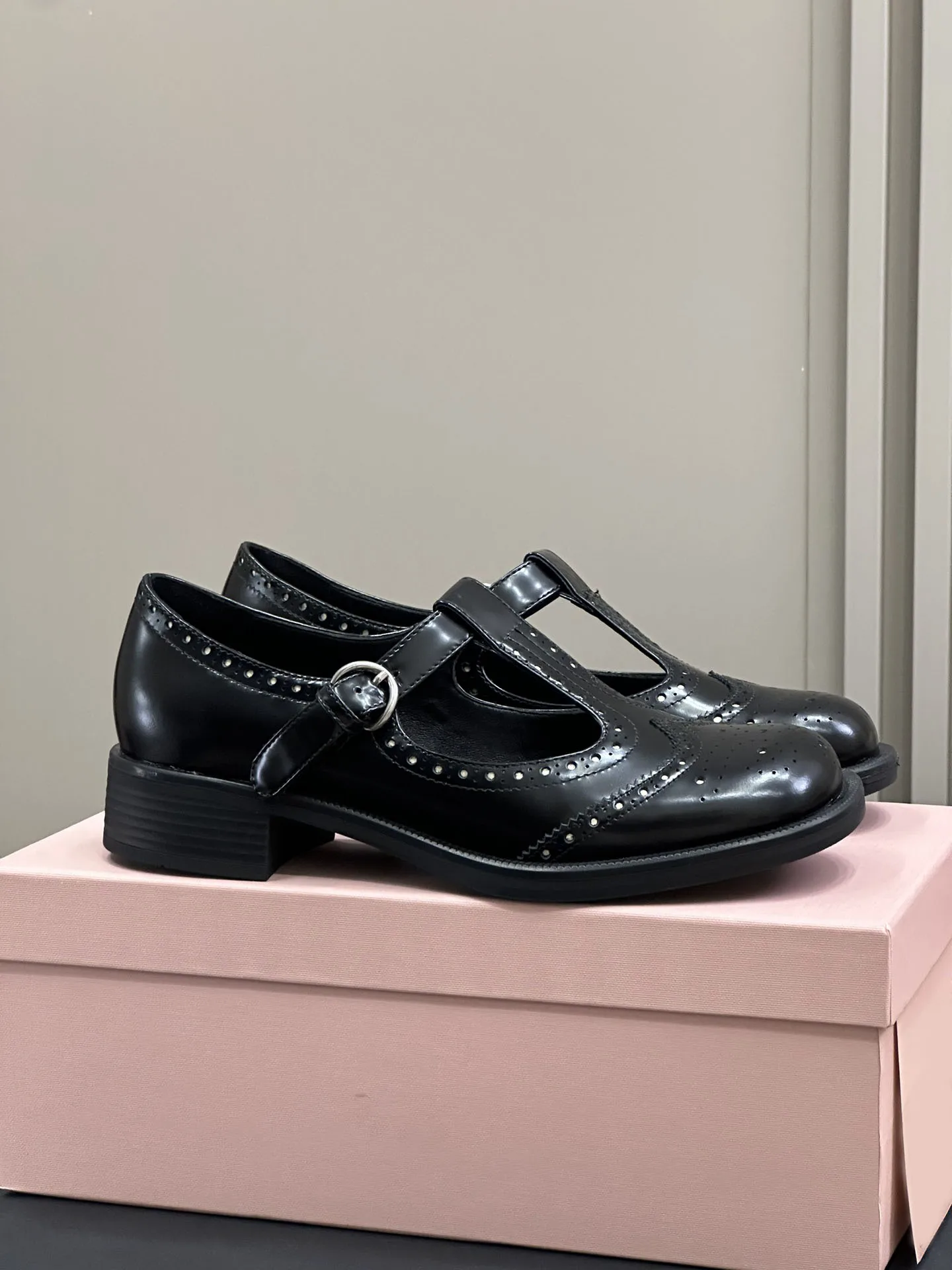
The Break-In Period: What to Expect and How to Minimize Discomfort
Even the most comfortable loafers may require some adjustment period as the materials conform to your unique foot shape. Understanding what constitutes normal break-in versus problematic fit helps manage expectations:
Full-grain leather typically requires 3-7 days of regular wear to fully conform, with initial stiffness gradually yielding to custom-fit comfort. Suede and softer leathers generally require minimal break-in time. Construction methods also impact adaptation—Blake-stitched loafers typically become comfortable faster than Goodyear-welted styles due to greater inherent flexibility.
To expedite the break-in process safely:
– Wear new loafers for progressive intervals, starting with 2-3 hours
– Use appropriate padding on potential pressure points during initial wears
– Apply leather conditioner to specific areas needing additional softening
– Use wooden shoe trees between wearings to maintain shape while leather relaxes
Normal break-in discomfort manifests as general stiffness that progressively improves. Persistent pinching, rubbing that doesn’t diminish, or pain points that worsen indicate fitting problems unlikely to resolve with continued wear. For practical strategies to enhance comfort immediately, consider reviewing how to wear loafers without hurting feet.
Maintaining Long-Term Comfort: Care and Preservation Techniques
The comfort features that make premium loafers exceptional require proper maintenance to retain their effectiveness over time. Regular care preserves both aesthetics and comfort characteristics:
Leather uppers need cleaning and conditioning to maintain suppleness—stiff, dry leather loses its ability to conform comfortably to your foot. Use cleaners appropriate for specific leather types, followed by conditioners that restore natural oils without oversaturating.
Wooden shoe trees represent perhaps the most important comfort-preservation tool, absorbing moisture while maintaining the loafer’s shape between wearings. These prevent the collar from curling inward (which causes heel rubbing) and help the loafer retain its custom-molded fit.
Rotating between multiple pairs significantly extends the life of comfort features, particularly cushioning elements that need time to fully recover between wearings. Watch for compression of insole materials, which indicates it may be time for replacement or professional refreshing.
Quality women’s leather penny loafers that receive proper care can provide years of comfortable wear, making them an investment in both style and foot health.
Special Comfort Considerations for Different Lifestyles
All-Day Standing: Comfort Features for Professional Environments
Those who stand for extended periods require specific comfort attributes that may differ from general walking needs. In professional settings where standing dominates, prioritize these comfort elements:
Enhanced shock absorption through cushioned insoles becomes paramount—look for dual-density designs with firmer support beneath softer cushioning layers. Weight distribution features like subtle wedge designs or meticulously balanced flat soles prevent pressure concentration on the forefoot and heels.
For professional environments, seek loafers with discreet comfort enhancements that maintain appropriate appearances. Internal cushioning padding, slightly wider toe boxes, and breathable linings become particularly valuable without compromising the streamlined look expected in formal settings.
Common pressure points during prolonged standing include the metatarsal area (ball of foot) and heel. Loafers with targeted cushioning in these areas provide superior comfort for those who rarely sit during their workday. For dedicated options designed specifically for extended wear, consider exploring the most comfortable loafers for all-day walking.
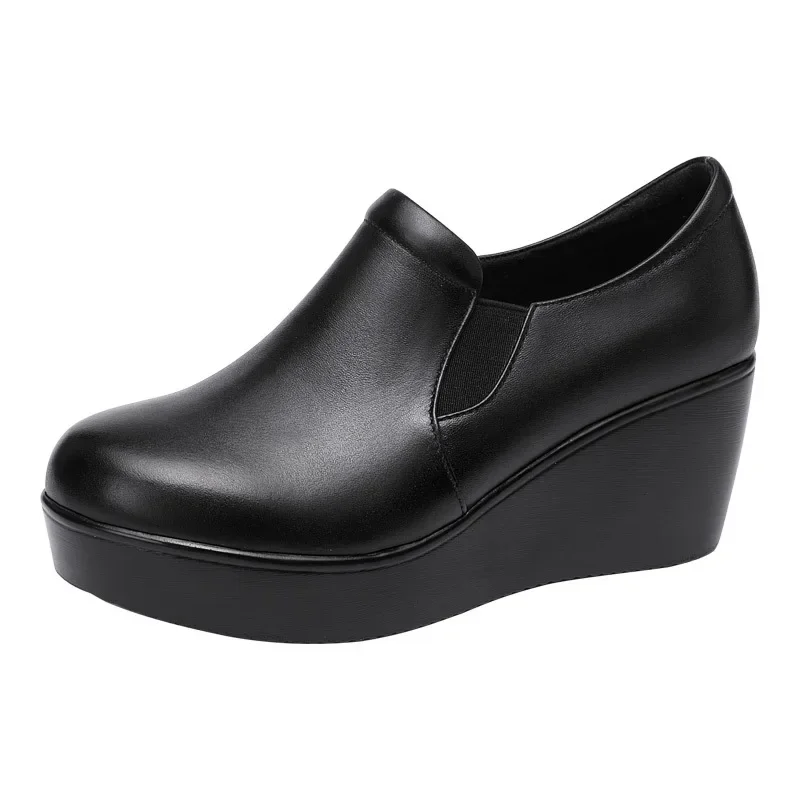
Can Stylish Loafers Ever Truly Be Comfortable?
The perceived dichotomy between style and comfort represents one of fashion’s most persistent myths. Today’s innovative designs prove that aesthetically pleasing loafers can indeed provide exceptional comfort through thoughtful engineering.
Modern manufacturing incorporates comfort technologies invisible from the exterior—memory foam insoles, flexible construction methods, and breathable materials that maintain sleek profiles while enhancing wearability. The best designers understand that comfort actually enhances style by allowing the wearer to move naturally and confidently.
Certain stylistic elements can coexist beautifully with comfort features:
– Almond toe shapes provide visual elongation while still allowing adequate toe room
– Minimalist embellishments add interest without creating pressure points
– Thoughtfully placed elastic gores enhance fit without compromising clean lines
The enduring appeal of classic loafer design demonstrates how traditional aesthetics can incorporate modern comfort innovations without sacrificing the timeless silhouettes that make loafers eternally stylish.
Are Handcrafted Loafers Worth the Comfort Premium?
Handcrafted loafers typically command higher prices than mass-produced alternatives—but often deliver superior comfort that justifies the investment. The craftsmanship difference manifests in several comfort-enhancing ways:
Hand-lasting allows the upper to be precisely molded around the last (foot form), creating more anatomically correct shapes than automated processes. Hand-stitching typically uses finer, more numerous stitches that create greater flexibility at seams while maintaining structural integrity. Hand-cutting of materials allows craftspeople to select the optimal sections of leather for each component, avoiding natural imperfections that might create comfort issues.
The comfort advantages of premium construction often become more apparent over time. While mass-produced loafers may feel comfortable initially, handcrafted pairs typically maintain their comfort characteristics longer and mold more effectively to the wearer’s foot. The investment in quality timeless leather loafers often proves economical when calculated on a cost-per-wear basis over their extended lifetime.
Women's Comfortable Flat Loafers, Women's Leopard Print Loafers, Women's Low Heel Loafers
$82.50 Select options This product has multiple variants. The options may be chosen on the product pageWomen's Block Heel Loafers, Women's Square Heel Loafers, Women's Square Toe Flat Loafers
Price range: $73.61 through $86.41 Select options This product has multiple variants. The options may be chosen on the product pageWomen's Comfortable Flat Loafers, Women's Leather Flat Loafers, Women's Round Toe Flat Loafers
$124.88 Select options This product has multiple variants. The options may be chosen on the product pageWomen's Black Flat Loafers, Women's Black Penny Loafers, Women's Classic Tassel Loafers
$194.28 Select options This product has multiple variants. The options may be chosen on the product pageWomen's Loafer Mules, Women's Suede Flat Loafers
$190.23 Select options This product has multiple variants. The options may be chosen on the product pageWomen's Classic Driving Loafers, Women's Classic Penny Loafers, Women's Comfortable Flat Loafers
$75.28 Select options This product has multiple variants. The options may be chosen on the product page
Stepping Into Comfort: Making Your Final Selection
After exploring the multifaceted world of loafer comfort, the process of selecting your ideal pair becomes more refined. Rather than being swayed solely by appearances or brand names, you can now evaluate potential purchases based on substantive comfort features that align with your specific needs.
For all-day professional wear, prioritize superior arch support, cushioned insoles, and flexible leather uppers that conform to your feet. For occasional use, you might emphasize style while ensuring basic comfort requirements like appropriate width and soft linings. Weekend casual wear might prioritize lightweight construction and breathability over formal structure.
Remember that personal assessment trumps marketing claims—what feels comfortable to someone else may not work for your unique feet. Investing in quality comfort features pays dividends through enhanced foot health, better posture, and the confidence that comes from moving through your day without discomfort.
As you apply what you’ve learned about upper materials, lining construction, insole technology, and overall design, you’ll find yourself naturally gravitating toward loafers that offer genuine comfort rather than mere short-term softness. For those seeking specific techniques to enhance the comfort of traditional styles, exploring how to make penny loafers more comfortable provides valuable insights.
At Artisan Haul, we understand that true luxury lies in the harmonious blend of timeless style and exceptional comfort. The perfect loafers don’t force you to choose between looking good and feeling good—they elegantly deliver both promises with every step you take.

